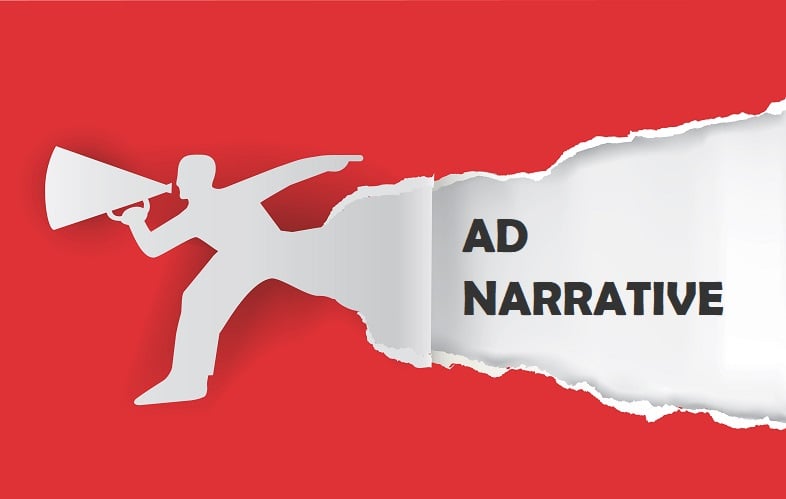As featured on MarTech Advisor
As the advertising industry has become focused on pouring resources into buying, targeting, and measuring ads, the customer experience has taken a beating. According to Chris Keune, VP of Data Innovation at Kargo, shifting the focus back to the consumer starts with changing the way advertisers speak to each other.

In 1997, Steve Jobs--the master marketer of our time--told an audience of tech enthusiasts at WWDC that
the best way to build the connection between people and products was to “start with the customer experience.''
Today, the advertising industry is under increasing scrutiny for overreaching, prompting governments to enact privacy laws to protect consumers who feel imposed upon or targeted instead of engaged and informed. As our industry continues to pour resources into innovating new ways to buy, target, track, and measure ads, enhancing the consumer experience has been placed on the back-burner. It’s time for us to remember the words of Steve Jobs and put the consumer experience at the forefront again.
It starts with changing the elemental language advertisers use when speaking to one another.
Change the TO to WITH
The way marketers tend to speak re-enforces the idea that there is a separation between brands and consumers. Typically, marketers will say, “We advertise specifically TO Millennials,” or “Our campaign focuses on messaging TO the time-strapped mom,” treating the message and the audience as two separate entities. At the same time, we measure the success of a campaign on user engagement.
Listen to how the narrative changes if we replace the word “to” with the word “with.” If we said instead, “We wish to engage WITH millennials,” or “We are looking to speak WITH time-strapped moms,” we’ve fostered a conversation, a connection between the brand message and the consumer. Forming this relationship creates an experience that can positively influence the overall perception and acceptance of brand advertising.
Move away from military terms
Advertisers often use words like ‘campaign,’ ‘targeting,’ and ‘tactics’ which, without context, can sound aggressive or even militaristic. This language sets a tone, perhaps subliminally, encouraging advertisers to perceive themselves as military operators planning an attack to win people’s attention.
For example, consider the word ‘campaign.’ Although the universally accepted industry definition is “an organized way to promote a product or service,” its root is from the Latin for ‘campus,’ meaning ‘field.’ Historically, the word ‘campaign’ was used by the military to denote a way to ‘take the field’ to win the battle.
We can trace the roots of our modern advertising lexicon back as far as World War I. Mass marketing and advertising strategies were employed to increase recruitment of soldiers in both France and the UK. One hundred years later, the advertising industry is still speaking as if we are in a battle--constantly barraging the consumer with ads using everything in our arsenal.
Relabel Customer Definitions
Facebook, Google, and other tech companies have made a conscious effort to change their internal vocabulary. They’ve started by replacing the word ‘user’ with ‘people,’ hoping that product managers and developers see humans as their target audience instead of settling for ‘user counts’ or ‘digital IDs’ somewhere on a dashboard.
It doesn’t have to end there. Instead of saying ‘campaign,’ we could use ‘customer outreach’ or ‘awareness building.’ Further, if we replace the word ‘ad’ with ‘brand touchpoint’ or ‘brand message,’ then each message feels like an opportunity for advertisers to connect with people on a deeper level.
By changing the words we use, we can flip today’s negatively charged advertising script to a more positive and welcomed experience. It benefits all of us as an industry to offer the best experience possible.


